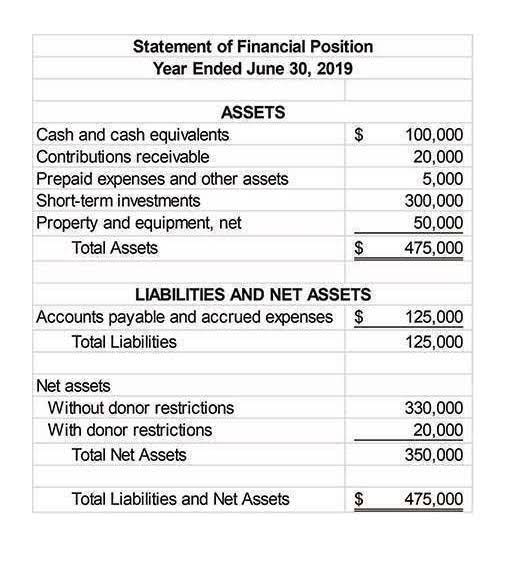Financial Statement Analysis EBSCO Research Starters

These include selling, general, and administrative (SG&A) expenses, such as salaries, rent, utilities, and marketing. For instance, a retail chain may Interior Design Bookkeeping face significant advertising and store leasing costs. Monitoring these expenses is vital, as excessive costs can erode profit margins. Explore the key components of an income statement, including revenue, expenses, and net income, to understand a company’s financial performance.
Other Revenue Sources
- While an income statement can be prepared for any time frame, a cash flow statement must be prepared at least quarterly.
- Think of it as a financial snapshot that shows how much money you’ve made (revenue), how much you’ve spent (expenses), and the resulting profit or loss.
- Challenges often arise with complex contracts or multiple performance obligations.
- For example, revenue from the sale of a product, rendering of a service, or any income that is gotten from the main operation of the business would be regarded as operating revenue.
- A high operating profit margin indicates that a company is efficient and has good control over its costs.
- For instance, a consulting company may earn some rental revenue from properties owned.
This is a crucial figure because which account are found on an income statement it reflects how efficiently a company operates, regardless of financial or tax considerations. After deducting COGS, the next typical segment consists of operating expenses. These are the day-to-day costs a business incurs outside of the direct production of goods or services. They can include rent, utilities, salaries and wages, sales and marketing expenses, and administrative expenses. A multi-step statement splits the business activities into operating and non-operating categories. The operating section includes sales, cost of goods sold, and all selling and admin expenses.
Income statements

Examples of the cost of goods sold include the cost of direct labor, the cost of buying materials, etc. The carriage outwards in income statement is the cost incurred by a company in transporting goods to the customer. For example, the vertical analysis of reading a profit and loss statement would be more useful when you compare January items alone than when you compare January and February items.
Service Revenue
The premier platform for European financial data, serving investors and companies with 2.9M+ filings from 8,980+ companies across 44 markets. As a growing small business, following your income account statements closely is essential. This is income your business gets from a one-time transaction that is non-repetitive. It’s the positive difference between the acquisition price of a product or service and its current price.

Investors check if the company is in a position to grow further and generate profit in the future so that they can decide if the company is worthy enough for an investment. While you know which accounts are found on an income statement, it is necessary for you to also know who are the exact entities that use an income statement. Gains are the result of an optimistic event that results in an increase in the income of an organization. They indicate the amount of money the company obtains from different business activities, such as the sale of a functioning segment.

For example, a gain can be made by selling an old property such as a building, car, etc. A gain could also be an increase in the value of an asset or property. A projected income statement can be prepared from past sales and expenses, especially by established businesses. You make use of past sales and expenses to serve as a guide to the future.

Operating expenses are costs of running a business daily, not including production. Operating expenses show if a company’s main activities are efficient. It shows how important it is to know about different types of CARES Act revenue. Most revenues come from sales revenue and service revenue, along with others.
Revenue Accounts in the Income Statement
- Income statement revenue is the amount of money a company made from sales during the period of reporting; hence, it is also known as sales revenue.
- For instance, if the trends show that a certain product’s sales are declining consistently, the management might decide to drop that product.
- Examples of the cost of goods sold include the cost of direct labor, the cost of buying materials, etc.
- Accurate financial records are essential not only for internal management but also for compliance with legal and regulatory requirements, particularly for publicly traded companies.
While the NCUA will no longer publish overdraft and NSF fee income for individual credit unions on a real-time quarterly basis, the agency will instead collect the data during supervisory examinations. This approach, however, will likely shield credit union members from accessing the information through the Freedom of Information Act. Ultimately, this non-disclosure will result in financial exclusion, especially when one considers that NSF is a fee for not paying for an item. Smith et al suggested that management use ethical guidelines for decision-making and noted that most corporations have ethics guidelines for employee behavior. The employee business conduct guidelines often include topics like ethics, safety, harassment, operations, alcohol and drug use as well as conflicts of interest.
